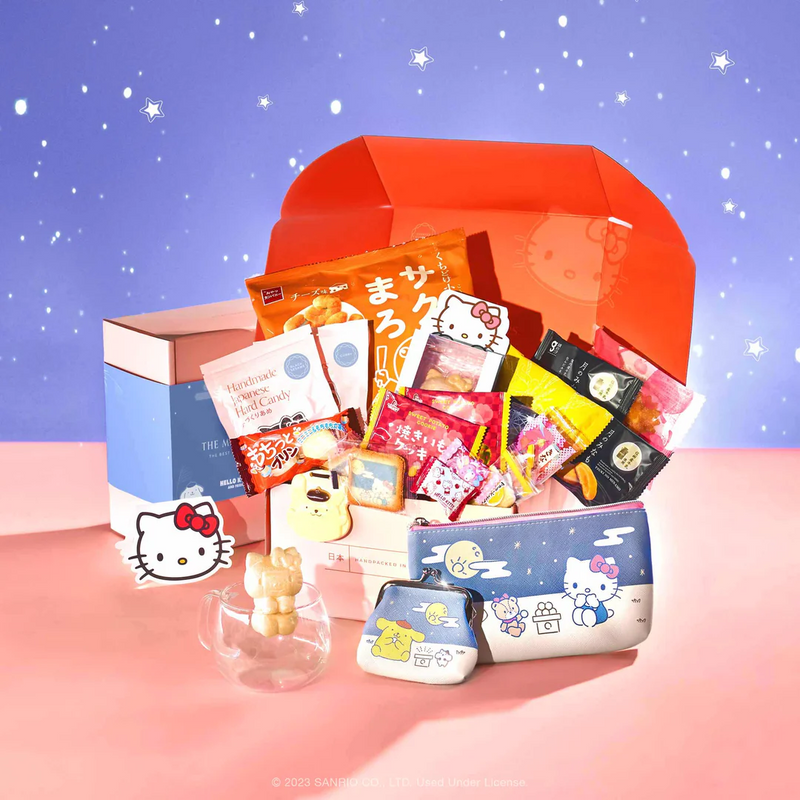How to Make Great Tea Lattes from Home
Matcha vs. Matcha Lattes
Before we dive into how to make a great matcha latte at home (and some alternatives like Bokksu’s new offer, a black sesame latte), let’s break down some basic terminology. First: matcha vs. the matcha latte. Two ingredients are required to make the former: ceremonial grade matcha green tea powder and hot water. Though one can certainly make and drink matcha at home, in the context of tea ceremony, the beverage itself is just one part of a multi-sensory, slow, aesthetic experience.

The matcha latte, on the other hand, is a fairly young culturally-mixed drink: a latte—an espresso shot and steamed milk—in which matcha green tea powder is used in place of coffee. Because culinary grade matcha generally has a more bitter, astringent, and a less subtle flavor, it’s less likely to get lost when mixed with other flavors and ingredients than ceremonial grade matcha is. This is why, when making a matcha latte, you go for culinary grade matcha and a dash of the sweetener of your choice.
In short? Matcha: traditional Japanese tea made of powdered green tea and hot water. It’s associated with tea ceremonies but sometimes made at home. Matcha latte: a twist on the Italian espresso drink which uses said matcha green tea powder instead of espresso. You can buy it for a few dollars at many coffee shops, or you can make it at home for a whole lot cheaper.
Traditional matcha and matcha lattes both prize taste, froth, temperature, and technique, and both generally require a specific set of tools. (You can get a complete matcha starter set from Bokksu’s tea collection here!) We’ve got some recommendations for tools for your matcha latte goals, too.
Frothing the Milk
If you’re trying to figure out how to make matcha lattes at home but don’t have a full espresso bar (who does, in this economy?), you can still get the heat and “micro-bubbles'' produced by a professional steaming wand using everyday kitchen items. If you have a milk frother with a heating element, leave plenty of room in your cup for froth, and heat until about 160 degrees Fahrenheit. No big frother? No problem. We love milk frothing wands for their compact size, small enough to be used inside a coffee mug, once you’ve got some practice with technique.
If you don’t have either type of milk frother, an electric hand mixer or even a hand whisk for about a minute to manually whip your hot milk to your preferred texture. The important thing is to heat your milk beforehand (again, to about 160 degrees Fahrenheit). A stovetop or microwave will do the trick! Different milks (and brands) will produce different textures by any of these methods, but thicker formulations like whole milk or certain oat milks hold texture best. You’re aiming to create a smooth, silky texture with tiny bubbles.

Mixing the Matcha (green tea powder)
Please adapt these measurements to your own liking. For an 8-oz. matcha latte, use a regular table spoon to mix two teaspoons of matcha green tea powder into about ¼ cup of hot water, until fully dissolved. If your tea grows thick or develops some large bubbles, that’s completely natural! This would be a good time to introduce the sweetener of your choice, in the quantity of your choosing. An excellent and geographically relevant option is this Okinawan brown sugar syrup now available on Bokksu’s Marketplace.
Assembling Your Latte: Hot and Iced
Once you’ve thoroughly dissolved all your matcha green tea powder and sweetener and frothed about ¾ cup of your chosen milk, pour both into a new glass. While you pour the milk, use a soup spoon to hold back any large bubbles or unwanted foam. Give the drink a swirl or two for good measure, but as long as you’ve thoroughly dissolved the powder, you should be good to go!
We haven’t discussed how to make matcha lattes, yet, but it’s even easier. First, fill your cup with ice. As with the hot matcha latte, thoroughly mix 2 tsp of matcha green tea powder and your preferred amount of sweetener into about ¼ cup of hot water. Pour your tea over the ice, and fill the rest of the cup with as much of your chosen milk as you’d like.

Other Flavor Options
If learning how to make matcha lattes doesn’t appeal (or if you’d like to have one on-the-go), Bokksu’s selection of powdered teas includes a wide range of sweetened and unsweetened flavors pre-measured for single servings. Other flavors include hojicha—a mild, roasted, and nutty tea—and a brand new flavor: black sesame latte powder, both sweetened and unsweetened. For anyone looking for a new latte tea to try, the black sesame latte is excellent. Rich and nutty, its flavor profile is completely different from the matcha latte’s, and might just be your new favorite fall beverage. Try it with some of our techniques for making iced or hot matcha lattes for a cafe experience right at home.
Author Bio







 Bokksu Snack Box
Bokksu Snack Box

























